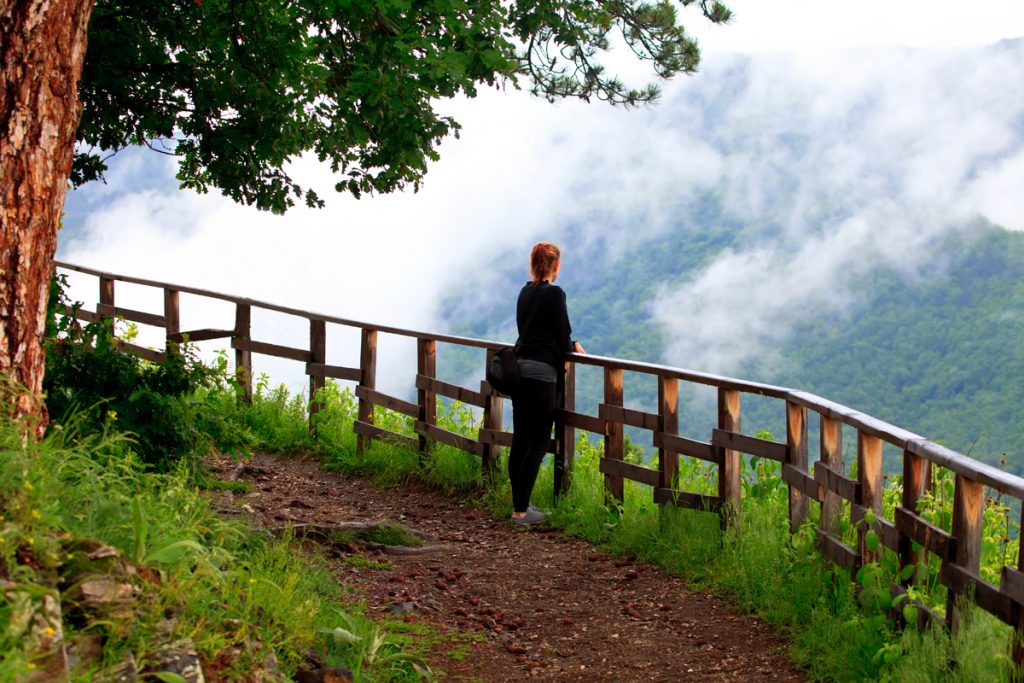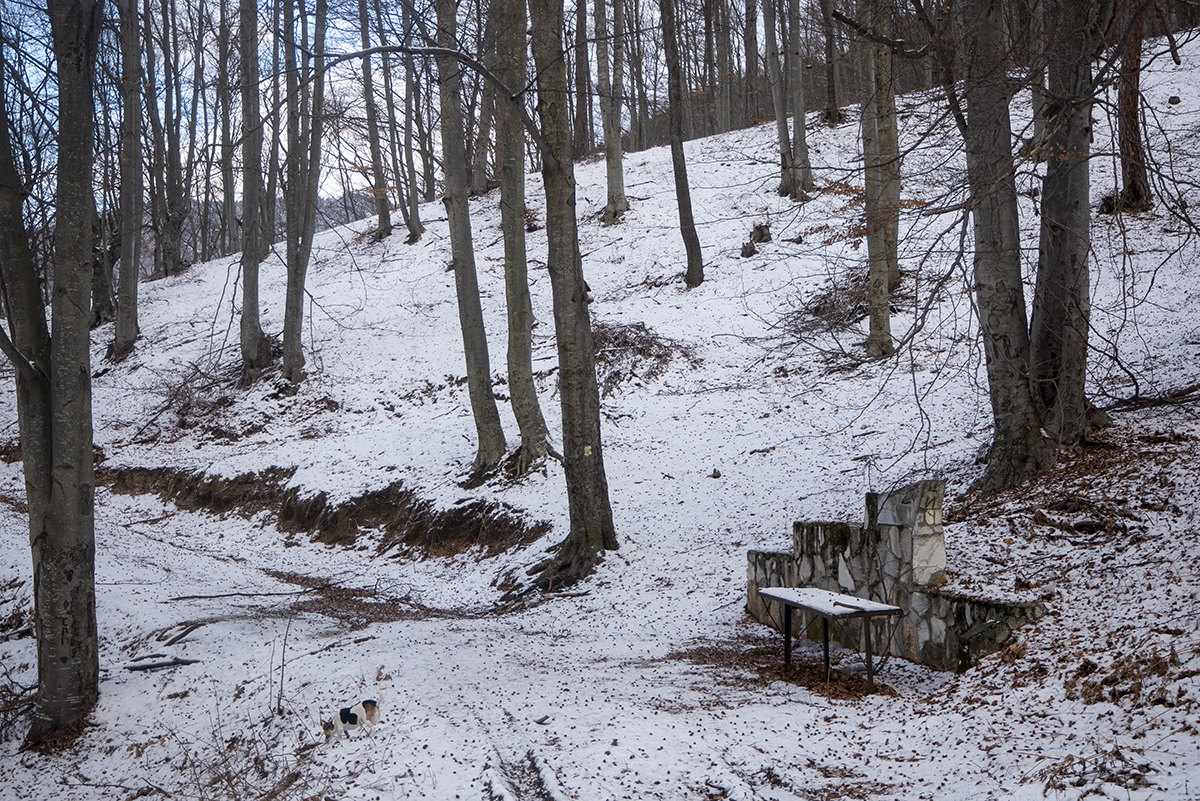Rhodope the mountain still zealously guards its legends of brave warriors and alien princesses shrouded in the disembodied charm of mystery. Anyone who walks on the forest path above the Rakitovo village of Dorkovo will touch the magic and power of the medieval capital of the Rhodopes - the fortress Tsepina. This fortress is 6 km away. from the village of Dorkovo and it can be reached by a nice asphalt road. In its current form, it was built by Ivanko, known to historians as "Asenya's killer", and is destined for Tarnovo and the Asenovtsi dynasty.
The period 7-8 century
is extremely important not only for Bulgaria, but also for the Western Rhodopes and especially for the region of the municipality Rakitovo. This is the time of the Asenevtsi dynasty, the restorers of the Second Bulgarian State. The uprising that broke out in Tarnovo in 1185, led by the brothers Asen, Peter (Theodore) and Kaloyan, ended with success. In the autumn of 1185, the eldest brother Theodore, with a royal tiara and red boots and named Peter ||, was crowned king. The name and royal attributes were not chosen at random. They are related to the dynasty of King Simeon the Great and his son King Peter. Thus, the Bulgarian statehood symbolically continues, because it was assumed that the brothers Asen, Peter and Kaloyan were from the family of Tsar Simeon.

In this troubled area
there had to be a reliable person he could count on. As a dynasty and eventual heir to the throne, Alexis Slav he received the title of despot and became related to the second Latin emperor Henry of Flanders, who succeeded his captive brother Baldwin of Flanders. Alexis Slav entered into a dynastic marriage with the Latin princess Margarita-Isabella. Arrived at Tsepina however, she could not bear the harsh conditions and died about two and a half years after her arrival. When in 1207, after the death of Kaloyan, his cousin Boril, with equal rights, took the Bulgarian royal throne, he seceded and established autonomy in most of the Rhodopes. In practice, this is a small country with the capital Tsepina. After the name of Slav, the Rhodopes were called Slavievi Forests for centuries.
Legends whisper,
that when she first saw the harsh "castle" Tsepina, the fragile virgin, Princess Margarita-Isabella, said in French: "Oh, my God, this will surely be my grave!" Slav's mother, Tamara, thought she had said something good and replied in Bulgarian: "Amen, God forbid!" After a while, the princess became seriously ill. Before her death, she ordered her grave to be on the opposite peak, illuminated by the first rays of the sun, from where she often looked at Plovdiv, her favorite city.
The possessions of despot Slav
were annexed to Bulgaria again by his cousin Tsar Ivan-Assen || around 1230. With the heirs of Ivan-Assen || Tsepina passed from Bulgarian to Byzantine hands and vice versa, without ever being conquered. Emperor Theodore || Lascaris, after attacking it three times and failing to capture it, received it in 1256 with the Regina Peace Treaty. He calls it "sensual" and "impregnable." It was believed that whoever ruled it ruled the Rhodopes.
Tsepina Fortress was Bulgarian until 1372, when it was besieged by the Turks, led by Daut Pasha. According to folklore, the magnificent fortress was conquered by cunning - after a long and unsuccessful battle, the Turks gave a mule salt, which was thirsty and began to run along the fortress walls in search of water. Finally, they discovered the pipes, the Turks cut off the water supply and broke the resistance.

In fact, Tsepina is still not conquered.
As the local historian Stefan Zahariev tells in his book "Geographical-historical-statistical DESCRIPTION of the Tatar-Pazardzhik kaaza", when they saw that everyone fortresses they were captured and there is no hope, after a nine-month siege, in 1373 the defenders went out through a secret exit and went to the Turkish governor of Plovdiv Lala Shahin Pasha. They signed a contract for surrender of the fortress, according to which they will destroy the fortresses in the area, but will preserve the churches and the right to church independence. This status of spiritual autonomy and independence is unique because it was maintained for 500 years - until 1873. Thanks to this status the Chepino Bulgarians they were never subordinated to the Greek Patriarchate. Greek bishops slandered them before the Turks and caused the conversion of the Chepino region to Islam and the destruction of churches and monasteries in the 17th century.
Nowadays, the Rhodope fortress is about to regain some of its terrible splendor, amazes everyone even with a single glance. The socialization of the fortress, reconstructions of historical events and legends will give new life to the old capital of The Rhodopes.
See more:
Syutka Peak - the sacred eye of the Rhodopes
The Rhodope narrow-gauge railway - a romantic journey that everyone should experience
5 of the most remarkable fortresses in Bulgaria
Register a hotel, villa, guest house, restaurant, bar, disco or other business in the field of tourism for free. See 10 good reasons why you should register here:



